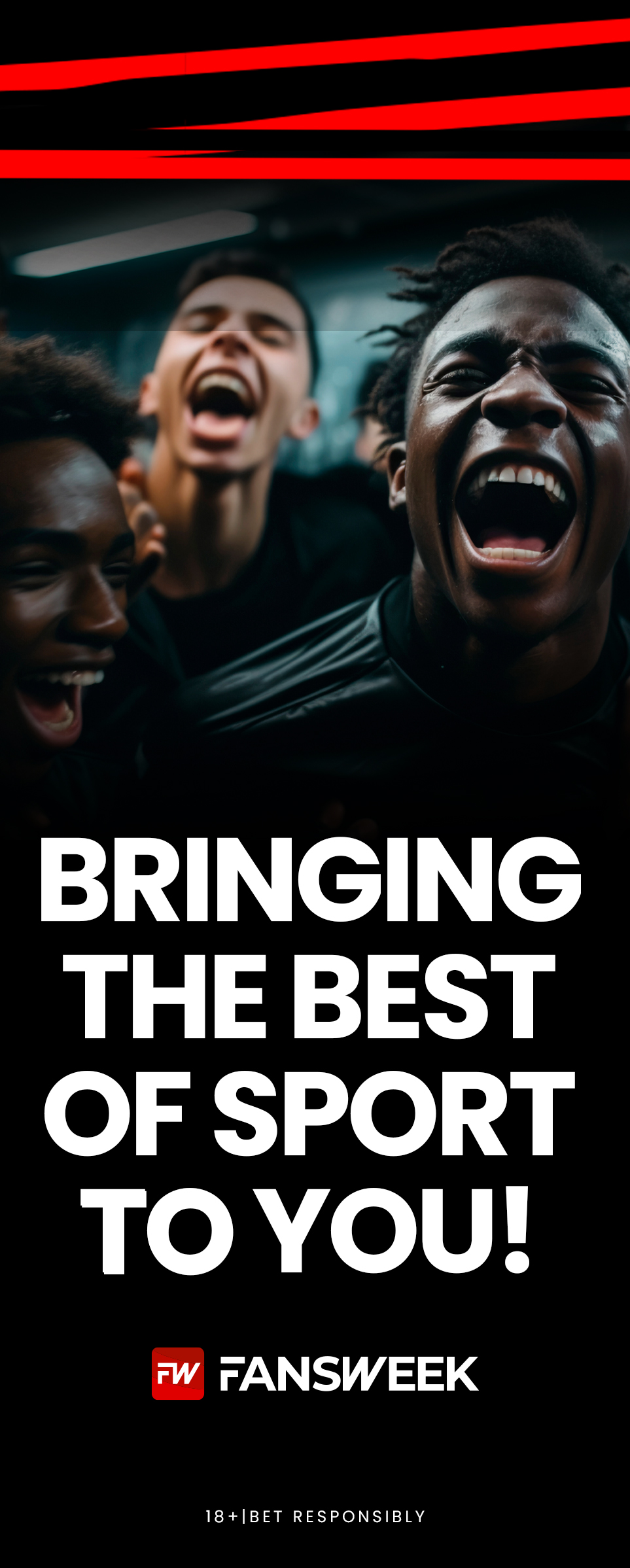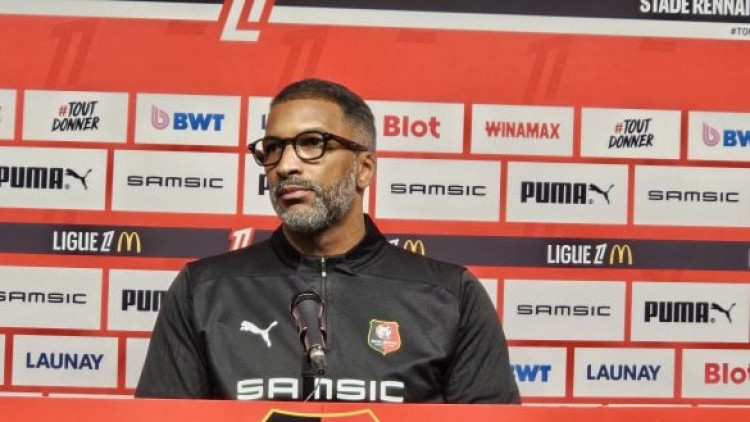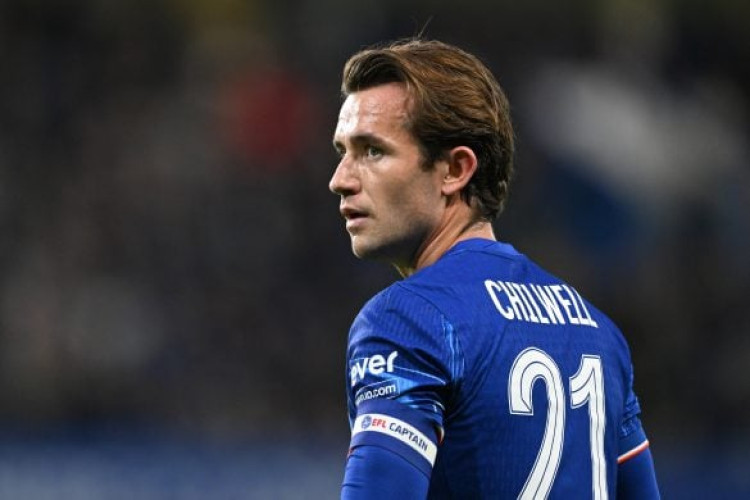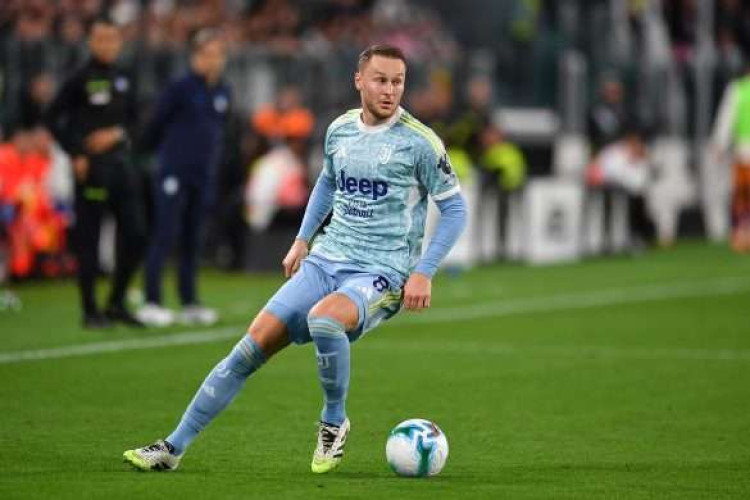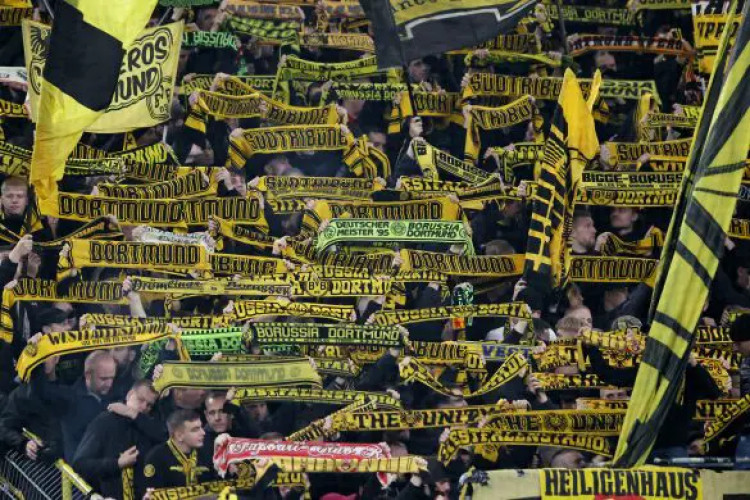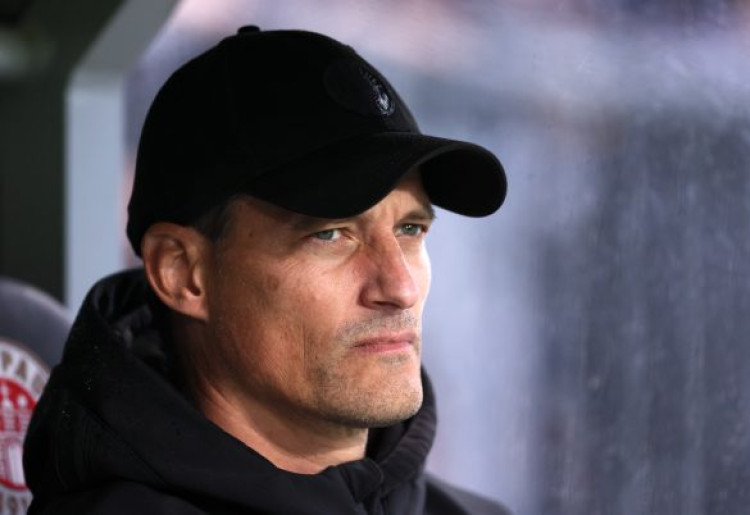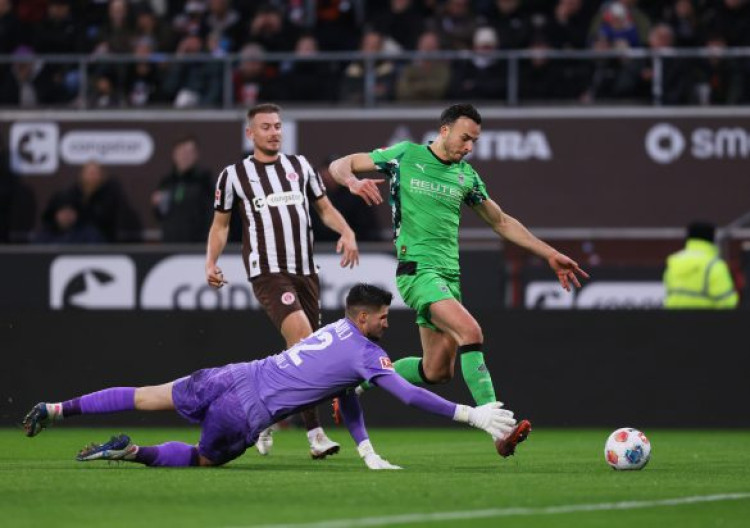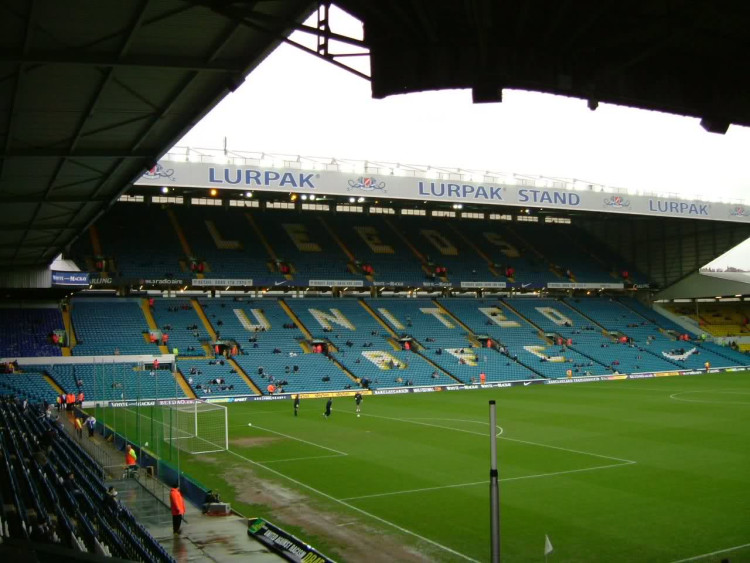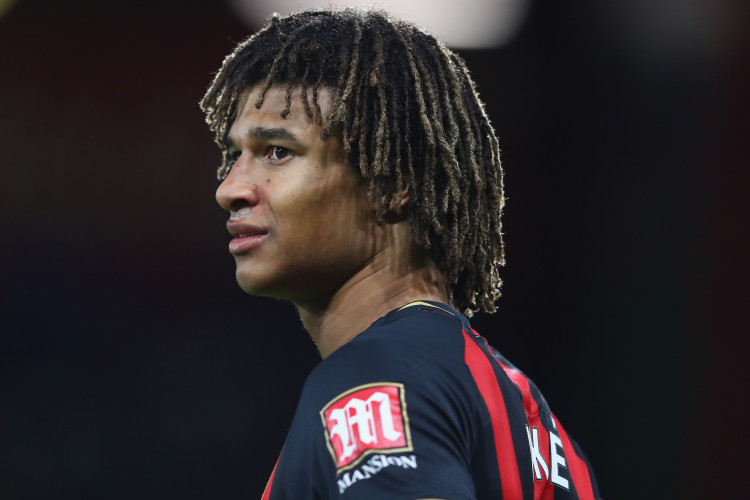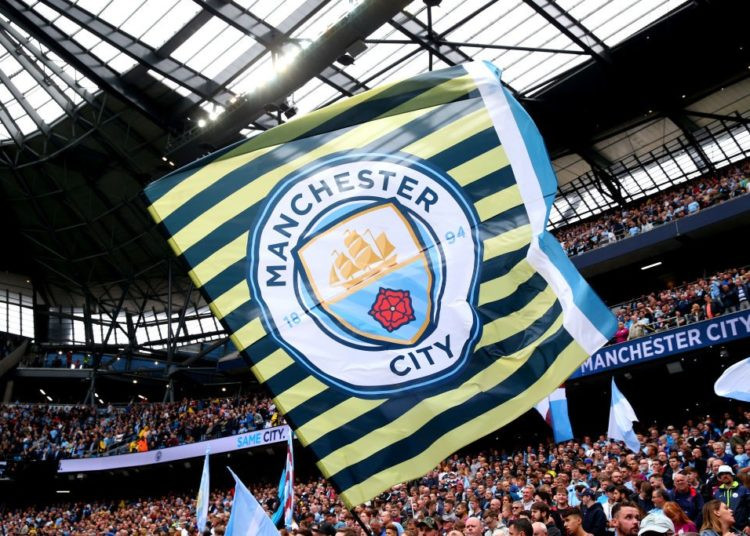
Patchy, Not Broken: Can Pep Guardiola’s Manchester City turn control into goals again?
Manchester City’s start has been uneven, shaped by injuries, squad turnover and a striking reliance on Erling Haaland that has narrowed their margin for error in tight games.
A title push remains possible for Manchester City if fitness stabilises and the supporting cast converts chances more consistently, which manager Pep Guardiola has explicitly demanded in recent weeks.
Why the patchiness for Manchester City?
The spine has changed and the rhythms with it: this is the first season without Kevin De Bruyne, Kyle Walker, and Ederson Moraes, while Bernardo Silva wears the armband in a campaign where Manchester City did not begin as reigning champions.
Sitting outside the top four by early November alongside the manager’s public frustration about finishing underlines a performance dip rather than bad luck. With Rodri’s minutes curtailed and his return staggered, City’s usual midfield control, so often their safety net, has wavered.
Title challenge, right now
There is a path, but it is narrower than usual: Manchester City are operating at a fifth‑place clip and leaning heavily on one scorer, so their margin for error is slimmer until fitness and form even out across the squad.
The good news is they remain chance‑productive and have banked Pep Guardiola’s track record of mid‑season corrections; the better news is Rodri is edging back, which typically restores stability in build‑up, rest defense, and territorial control that turns draws into wins.
If the returning core is paired with a broader spread of goals from the wide and midfield lines, the mechanics of a title surge—control, chance volume, and late‑game management—can reappear quickly.
Are injuries to blame?
Rodri missed much of last season with a serious knee problem, and the Spaniard has since been in and out with a hamstring issue, eroding continuity in the pivot that protects the backline and sets the tempo.
Guardiola has rotated Tijjani Reijnders and Nico Gonzalez as a stopgap 6, altering Manchester City’s build‑up patterns and distances between units in possession and transition. Injuries are not the lone cause, but given Rodri’s outsized influence on structure and stability, they are a central driver of this stumble.
Manchester City’s Haaland reliance
Erling Haaland’s 11 league goals represent 64.7 per cent of Manchester City’s 17, and no teammate has more than one in the Premier League to date, a skew that makes results overly dependent on one outlet.
Pep Guardiola has warned that the team must share the finishing load because when creation is there but conversion is concentrated, variance punishes even strong performances. The Opta splits on goals and xG share are unprecedented for a single City player in the dataset era, underscoring a tactical and psychological imbalance that needs correcting.
Who must step up?
Pep Guardiola has called for the supporting cast to shoulder more of the scoring, putting the spotlight squarely on Phil Foden, Jeremy Doku, Rayan Cherki, and Savinho to add end product week after week.
There are flickers, Doku leads Manchester City’s Premier League assists so far and both he and Cherki scored in midweek, but this has to translate into Premier League output to unburden Haaland. A broader spread of goals and assists will also lower defensive strain by letting City control matches without chasing narrow margins late on.
Risk of trophyless repeat?
Last season ended with Manchester City third in the Premier League and beaten in the FA Cup final, a rare blank after years of silverware and a reminder that standards can slip quickly without midfield control and scoring depth.
Maintain a fifth‑placed pace while goals cluster around one striker and the pivot remains intermittent, and the risk of another empty spring only grows. There is still time for outputs to level out, especially if fitness stabilises and roles settle as Rodri returns and the new pieces bed in.
Conclusion
To regain top form and mount a sustained title charge, Manchester City must first stabilise the midfield by managing Rodri’s workload while ensuring there is a coherent Plan B at the 6, most plausibly Tijjani Reijnders, so that first and second phases in build‑up restore territorial control and the defensive line is protected without overextending full‑backs.
In the final third, the directive is already clear: diversify the goals, with Phil Foden attacking the inside-right channel earlier, Doku arriving at the back post instead of always starting wide to cross, and creator‑finishers like Cherki and Savinho driving from the half‑spaces to add shots, cut‑backs and set‑piece threat, which collectively reduces the volatility of relying on Haaland alone.
Layered onto that, bedding in the refreshed spine after the departures of Kevin De Bruyne, Kyle Walker, and Ederson demands repetition of partnerships and clarity of pressing triggers; a near‑term run featuring Bournemouth offers a platform to reset the press‑to‑possession cycle and, if the finishing broadens as the manager demands, turn sterile dominance into points at a champion’s clip.


